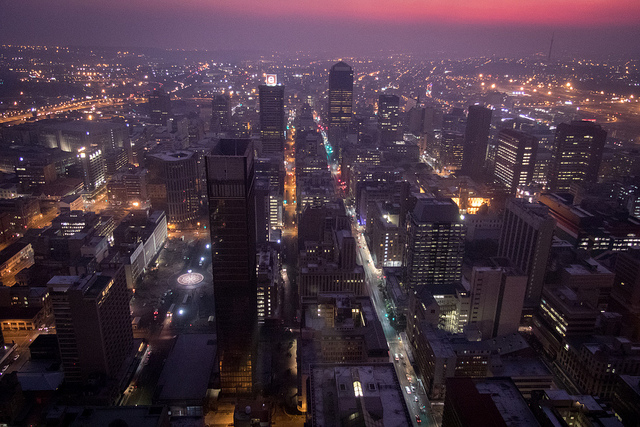This repository contains a pyCaffe-based implementation of "A Neural Algorithm of Artistic Style" by L. Gatys, A. Ecker, and M. Bethge, which presents a method for transferring the artistic style of one input image onto another. You can read the paper here: http://arxiv.org/abs/1508.06576.
Neural net operations are handled by Caffe, while loss minimization and other miscellaneous matrix operations are performed using numpy and scipy. L-BFGS is used for minimization.
- Python >= 2.7
- CUDA >= 6.5 (highly recommended)
- Caffe
CUDA will enable GPU-based computation in Caffe.
To run the code, you must have Caffe installed and the appropriate Python bindings in your PYTHONPATH environment variable. Detailed installation instructions for Caffe can be found here.
All of the necessary code is contained in the file style.py. You can try it on your own style and content image by running the following command:
python style.py -s <style_image> -c <content_image> -m <model_name> -g 0
The prototxts which come with the vanilla Caffe install aren't quite compatible with this code - working ones have already been added to this repository as a result of this. To get the pretrained models, simply run:
bash scripts/download_models.sh
This will grab the convnet models from the links provided in the Caffe Model Zoo. You may also specify the exact model you'd like to download by running:
bash scripts/download_models.sh <model_name>
Here, <model_name> must be one of vgg16, vgg19, googlenet, or caffenet.
Original images: San Francisco by Anh Dinh, Nanjing in winter snow, 2008 by Emma Gawen, and Blade Runner's Johannesburg by Andrew Moore. All images were released under the Creative Comments license. Each output image was initialized with the content image, and 500 BFGS iterations under the VGG model were performed in each instance.
These results can also be found in the images folder in the repository root.
A more in-depth set of examples can be found here.






